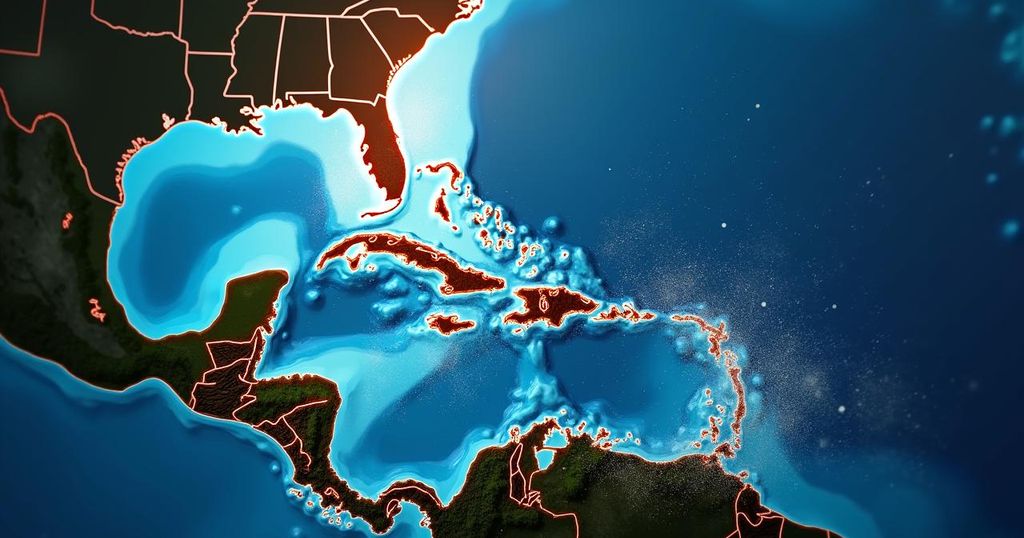Monitoring Tropical Developments: Potential Impacts on the Gulf of Mexico and Beyond
The National Hurricane Center is monitoring a weak disturbance moving towards the Gulf of Mexico, with a 40% chance of development by the weekend. Tropical Storm Kirk is expected to strengthen into a major hurricane in the Atlantic, while Invest 91-L may soon be named Leslie. South Florida will see increased tropical moisture from these systems.
The National Hurricane Center is currently monitoring three regions of disturbed weather with the potential for tropical development. Notably, a weak disturbance is set to enter the Gulf of Mexico in the coming days, boasting a 40% chance of intensification. Meteorologist Jennifer Correa from WPTV First Alert Weather indicated, “Especially once it gets into the Gulf, that’s when we have to watch that. So the timing of that, when it gets into the Gulf, won’t be until maybe Friday or, if not the weekend, into early next week.” Forecast models exhibit a lack of consensus regarding this system, but it is expected to introduce significant tropical moisture into South Florida by the weekend. In addition, Tropical Storm Kirk, situated to the west of Cape Verde Islands near Africa, is forecasted to evolve into a hurricane within the next 24 hours, with expectations of it transforming into a major hurricane before veering northeast into the North Atlantic. Additionally, there exists a tropical wave designated as Invest 91-L in the far eastern Atlantic, which also shows a promising chance for development, potentially being named Leslie. It is anticipated to follow a path akin to that of Kirk, eventually curving into colder waters of the Atlantic, posing no threat to land. As stated by Correa, “During this time of year, the western Caribbean Sea and into the Gulf, that tends to be the hot spots for development.” The Atlantic hurricane season is officially scheduled to conclude on November 30.
The monitoring of tropical systems is a critical undertaking during the Atlantic hurricane season, which spans from June 1 to November 30 each year. Meteorologists utilize various models and observational data to assess potential cyclonic activity in the tropics, particularly focusing on regions such as the Gulf of Mexico, the Caribbean Sea, and the eastern Atlantic Ocean. The hurricane season is characterized by the development of tropical storms and hurricanes, which can significantly impact coastal regions and require proactive preparations from both authorities and communities.
In conclusion, the National Hurricane Center is keeping a close eye on several weather disturbances, particularly a weak system moving toward the Gulf of Mexico, which poses a potential development risk. The evolution of Tropical Storm Kirk and the emerging Invest 91-L are also noteworthy, with no immediate threats to land from these systems anticipated. As the hurricane season approaches its end, the focus remains on monitoring conditions to ensure public safety.
Original Source: www.wptv.com




Post Comment